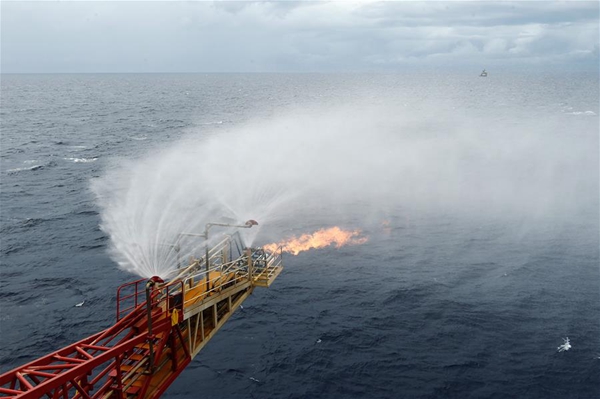Russians seek TCM care across border
The director of a Harbin hospital said she has been glad to see traditional Chinese medicine becoming more popular. But in this case, the new patients are not Chinese, but Russians who cross into the border province of Heilongjiang for treatment.
“Our center received its first patient from Russia in 2001, and since then the number of Russian patients has been increasing,” said Wang Yan, director of the rehabilitation center of Second Hospital Affiliated with the Heilongjiang University of Chinese Medicine.
“During the peak seasons between April and October they come in groups of 50 or 60, and they sometimes have to make an appointment to be able to see a doctor.”
Many patients are children or teenagers with difficult and chronic conditions such as brain-related illnesses or injuries, she said. Doctors provide comprehensive TCM treatment, such as herbal drugs and acupuncture.
“We found many Russian patients have more confidence in TCM than Chinese patients,” she said. “We have employed some Russians as translators to facilitate communication.”
Iuliia Matreninskaia, 38, from Russia, took her son to the hospital for treatment this month for the fifth time.
She said she first took her 10-year-old son, Daria, who has cerebral palsy, to Wang’s hospital in 2012, and her son’s brain function has since improved and he is able to move better.
Matreninskaia considers the medical facilities better and costs lower in Heilongjiang than at private hospitals in Russia.
Wang Hailin, president of Mishan Cardiovascular Diseases Hospital in Mishan, Heilongjiang, said many Russian patients seen by the hospital have conditions such as arthritis and varicose veins whose symptoms can be worsened by cold weather.
“TCM has proved to be effective in these diseases,” he said. “We plan to work with hospitals in Russia and tourism agencies this year to attract more Russian patients.”
Shao Zongbo, a manager at Mishan Qianshou Tourism Agency, said more than 200 Russians have used to agency to arrange for healthcare visits to the province every week this year. Most of them come from Russia’s eastern areas, such as Vladivostok and Ussuriysk, he said.
“In the beginning, most of them came here for treatment of diseases, but now many of them also come for other health-related services such as massage,” he said.
TCM institutions across China provided 910 million services in 2015, accounting for 15.7 percent of all medical services in China, compared with 14.3 percent in 2009, according to a report released by the State Council Information Office in December.

